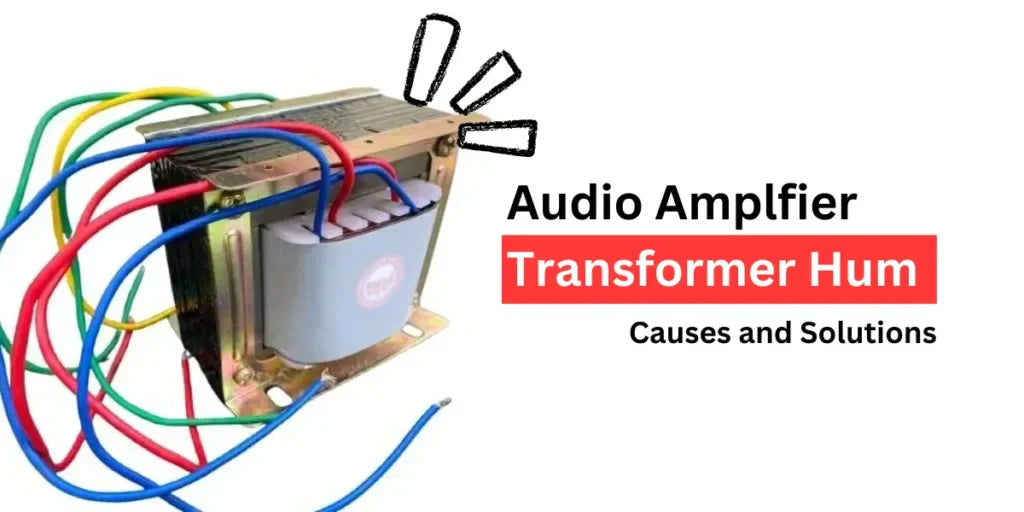
Why some amplifiers physically hum even when there’s nothing playing?
Share
The hum you hear from inside an amplifier usually comes from its power transformer, and it’s caused by mechanical vibration — not the audio signal.
1. AC Power Causes Magnetic Vibration
Amplifiers use large transformers (especially linear ones) to convert AC wall voltage into the DC voltages the circuits need.
- The transformer’s core experiences a changing magnetic field (50 Hz or 60 Hz).
- The iron or steel core slightly expands and contracts twice every cycle — a phenomenon called magnetostriction.
- That tiny movement creates a low-frequency hum you can hear through the amp’s chassis.
💡 The louder the transformer hums, the stronger or more distorted the magnetic field is.
2. DC Offset on the Mains
This is one of the biggest causes of audible hum in modern homes.
- Household AC power should alternate evenly between positive and negative halves.
- But certain devices (like dimmers, fridges, or switching power supplies) can create a small DC component on the mains.
- That DC biases the transformer core — partially magnetising it — so it vibrates harder and hums audibly.
🧰 Fix: Some audiophiles use a DC blocker or power conditioner to filter that out safely*.
3. Mechanical or Mounting Issues
- If the transformer’s mounting bolts are loose, the vibration transfers into the metal chassis.
- Similarly, EI-core transformers can have laminations that vibrate if not tightly clamped.
- Toroidal transformers are quieter by design, but when DC is present, they can hum louder than EI types.
🧰 Fix: Use rubber isolation washers or grommets between transformer and chassis to dampen vibration*.
4. Overloading or High Current Draw
If the amplifier’s power supply is working hard — say during high volume or startup surge — the transformer carries more current, increasing magnetic flux and vibration.
5. Don’t Confuse Mechanical Hum with Speaker Hum
- Mechanical hum = comes from inside the amp chassis (the transformer).
- Electrical hum = heard through the speakers, usually 50/60 Hz buzz from grounding or signal loop issues.
They’re completely different problems with different fixes.
How to Minimise Transformer Hum in Amplifiers
- Ensure tight mounting and mechanical isolation.*
- Use a power conditioner or DC blocker if your mains are dirty.
- Keep power cables and audio cables separate.
- Avoid stacking gear directly on the amp — vibration can resonate.
- If the hum is excessive, the transformer may need re-potting* or replacement (especially in older amps).
*For all electrical work, please use a qualified technician or electrician to do the work. Do not attempt to open the equipment!
How to know whether DC blocker is effective in reducing transformer hum?
Contact Groove Audio for home trial
